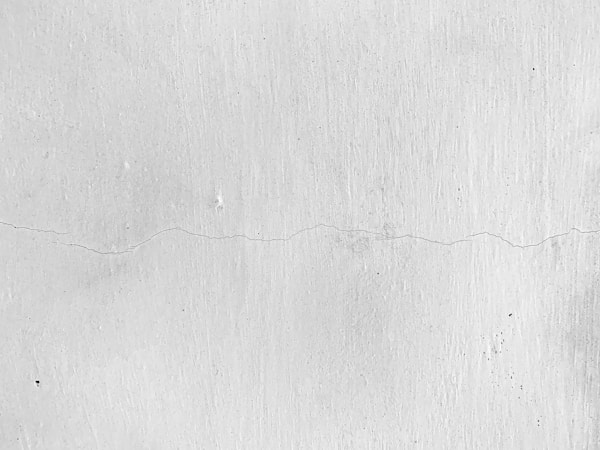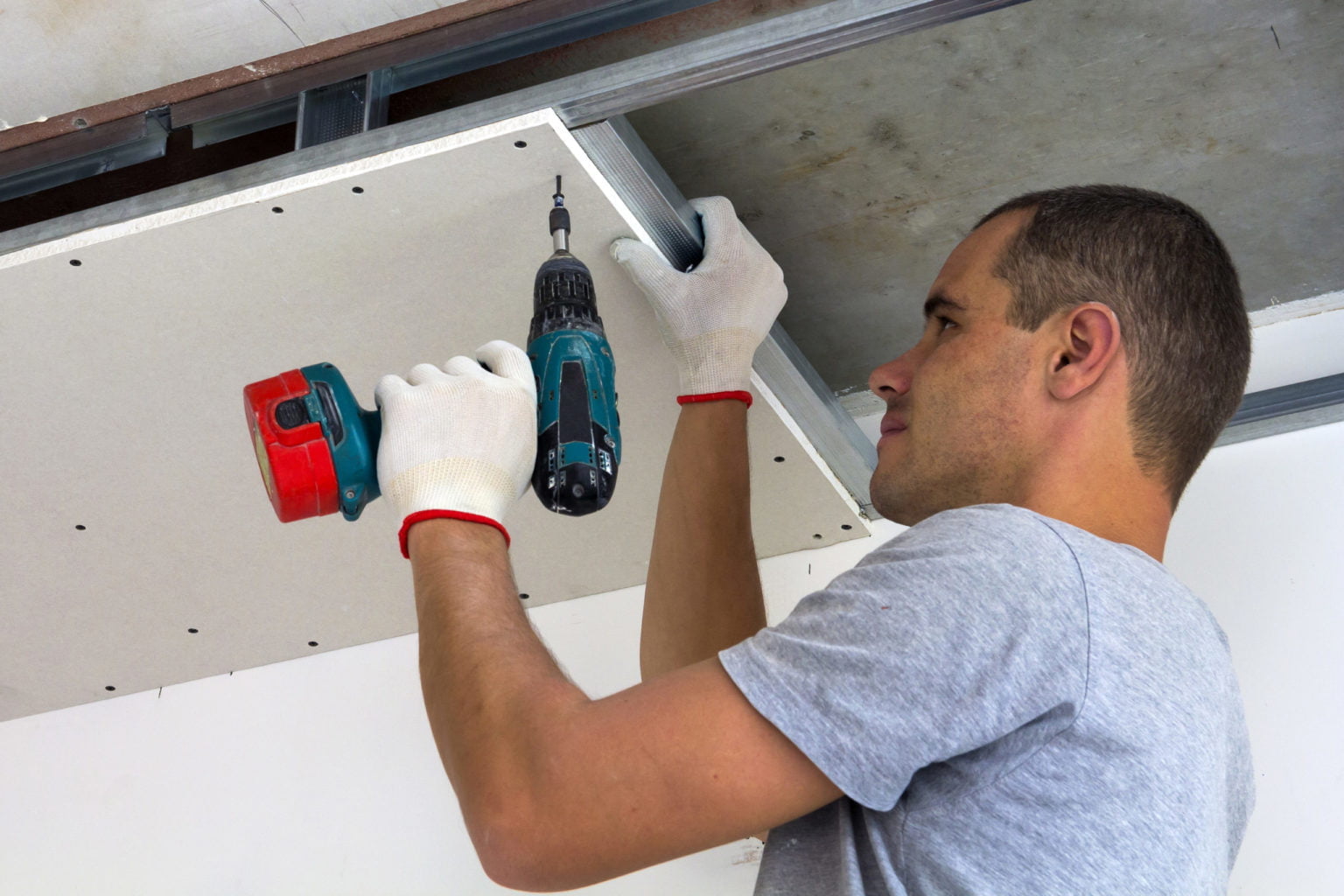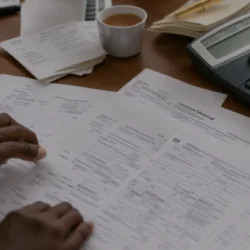Drywall is a construction material used in walls and ceilings. It is made of a gypsum plaster core sandwiched between two sheets of paper. It is usually installed in panels. When the panels are installed, the seams between them are taped and filled with a joint compound. The joint compound is then sanded and painted. Although this material is extremely durable, it will need to be replaced eventually. You can extend its lifespan by taking good care of it, but you should talk to a contractor if you start to notice that its condition is deteriorating. If you’re in need of some advice, keep reading to learn about some of the signs that you need to replace your drywall ceiling.
What are some signs you need to replace your drywall ceiling?

The drywall in your home is susceptible to damage for a variety of reasons, including accidental impacts, water infiltration, and mold growth. If you notice any of the following signs that your ceiling may need to be replaced, it’s best to call in a professional for an assessment: sagging or bulging in the center of the ceiling, cracks or holes in the drywall, water stains on the ceiling or around light fixtures, or mold growth. If you’re unsure whether or not you need to replace drywall ceiling, call a professional and have them inspect the condition of the ceiling.
Water damage is a common reason for replacing drywall. If you have water damage in your home, there are several signs that it has affected your drywall ceiling. One sign is if the paint on the ceiling has started to peel or chip. This means that the water has been getting through the drywall and causing it to deteriorate. Another sign is if you see any mold or mildew on the ceiling. This indicates that there is moisture trapped in the drywall. You may even want to have your ceiling inspected after an event like a hurricane.
Additionally, if you are hearing loud noises when the ceiling is disturbed, it can be an indication that your ceiling needs to be repaired or replaced. This is typically a sign that there is damage or weakness in the drywall, which could lead to bigger problems down the road. It’s always best to address drywall issues as soon as they arise to prevent them from getting worse.
What other home repairs should you prioritize?

Dealing with damaged drywall should always be at the top of your to-do list, but there are also other home repairs that need to be dealt with immediately. For example, there are few home systems more essential than your HVAC system. It is your first line of defense against indoor air pollution and it keeps your home comfortable all year round. If you notice anything wrong, call an HVAC technician right away. The average lifespan of an HVAC system is about 10 to 15 years, so you may want to think about a replacement if yours is older.
Cracks and crevices in your windows and doors are serious issues that almost every homeowner will have to face at one point or another. They can let in outdoor air, moisture, and even pests, which can create safety concerns and increase your monthly utility bills. Air leakage caused by cracks can also affect your home’s indoor temperature. As soon as you notice flaws or imperfections, you should seal them with caulk or weatherstripping. If the damage is severe, you may need to talk to a contractor about having them professionally repaired.
As you can see, there are several signs of damaged drywall that every homeowner should be aware of, including chipping paint, water stains, and cracks in the wall. The consequences of ignoring the damage to a drywall ceiling can be extremely serious, so it should be addressed right away. Drywall damage isn’t the only urgent home repair, issues with home systems like your HVAC and structural fixtures like your windows will also need to be fixed in a timely manner to prevent property damage and avoid health risks. If you follow the tips in this article, you can be sure that your home will always be in excellent condition.





